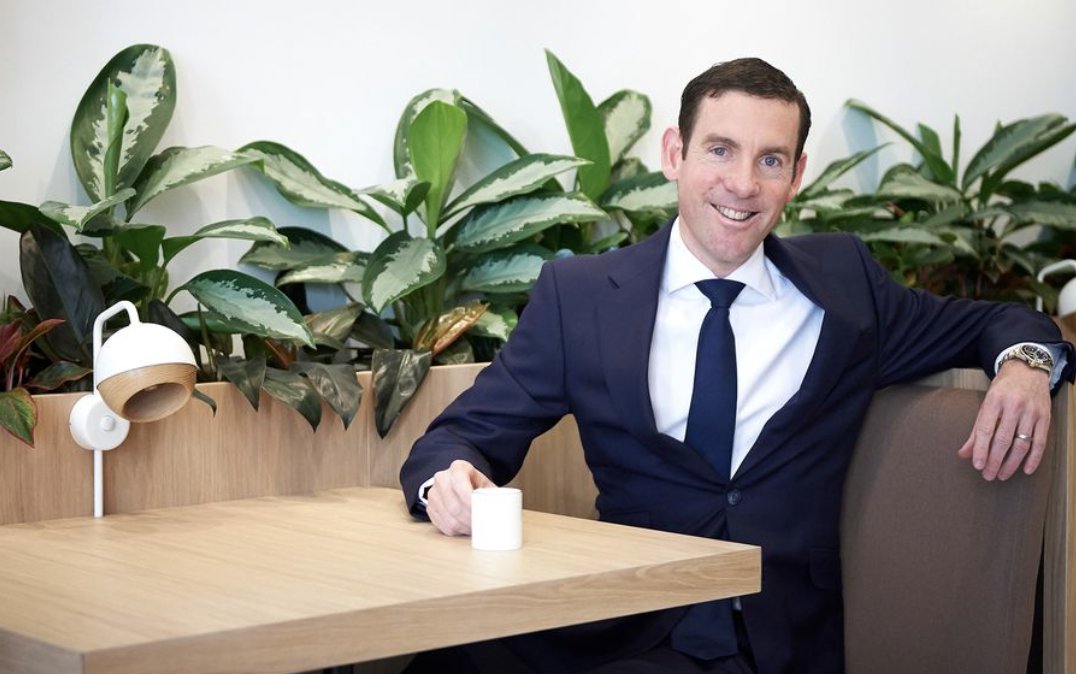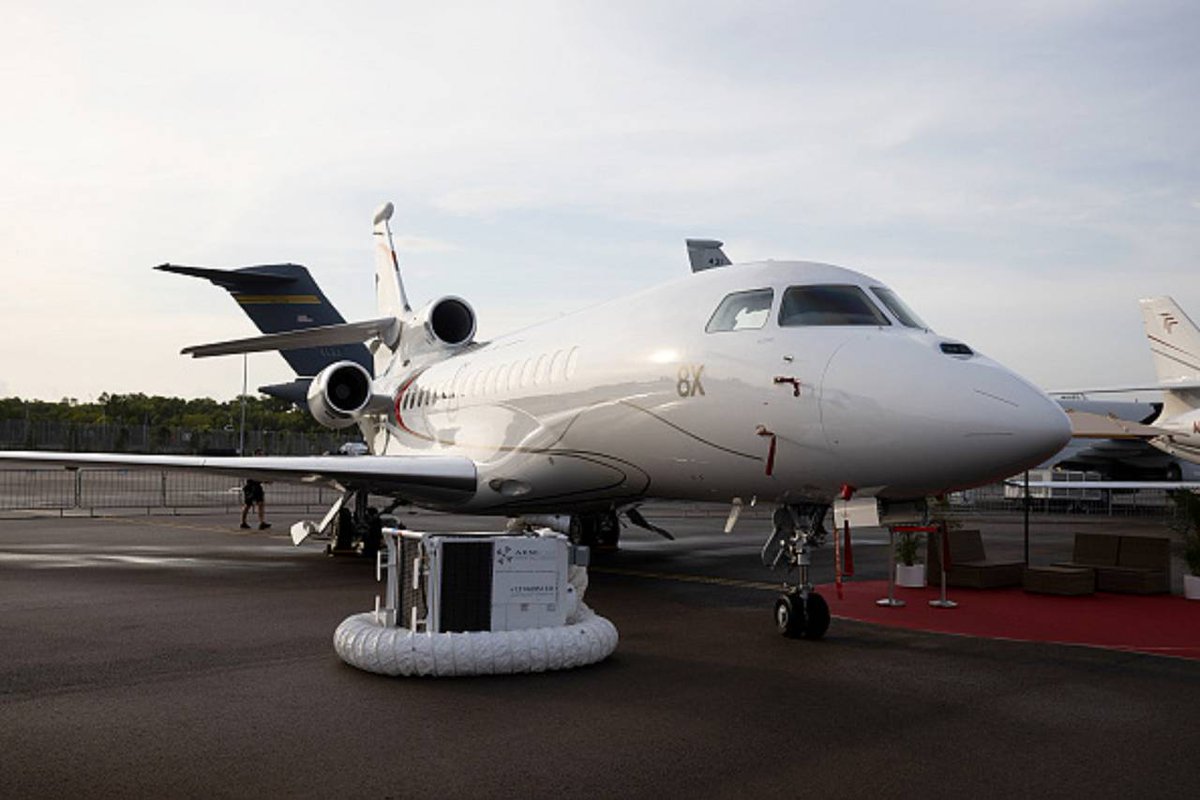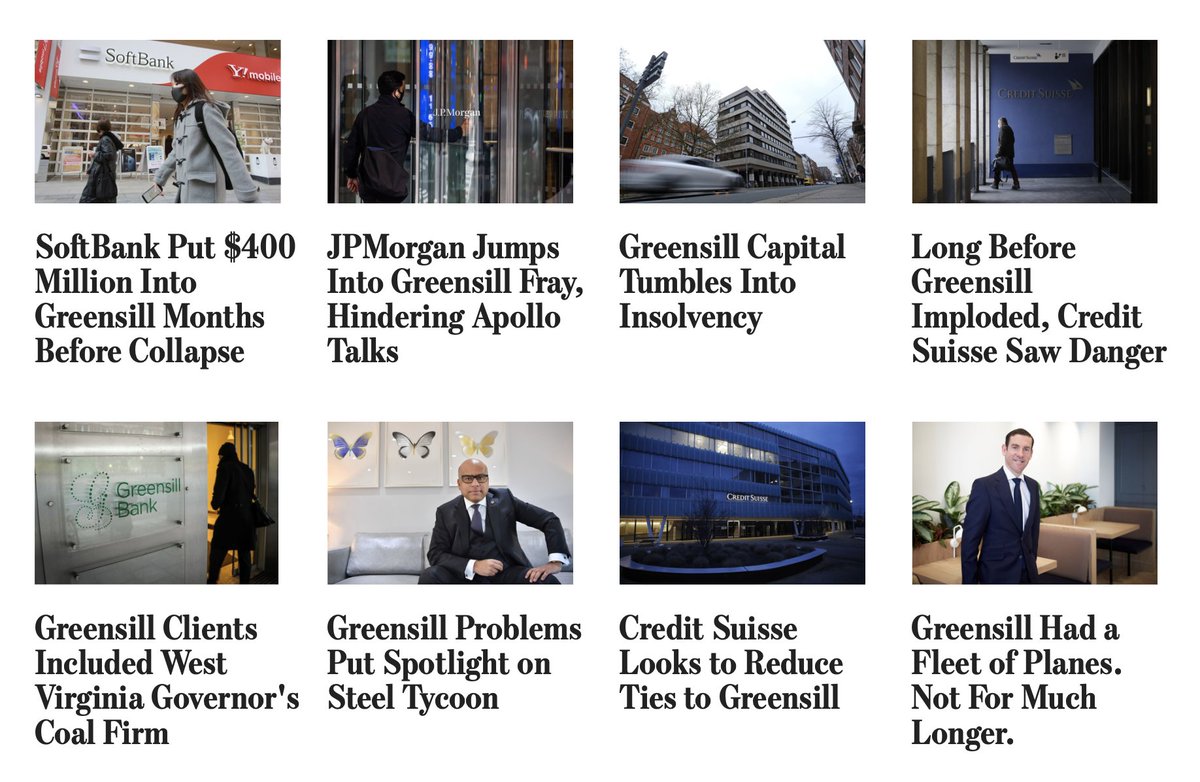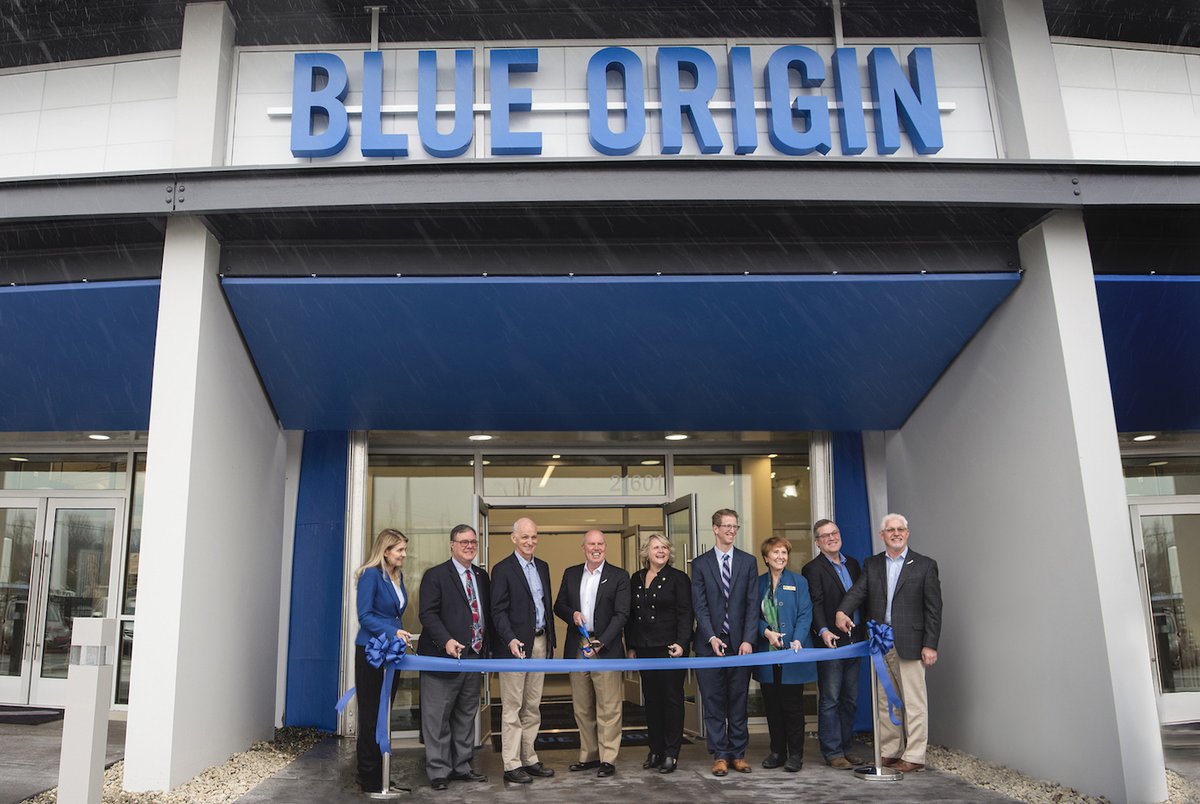
1/ This is Lex Greensill.
He founded Greensill Capital to disrupt "supply-chain finance", a $7T industry that supports global trade.
A few months ago, Greensill was headed for a $40B IPO. Now, it's likely worth $0 (oh, and Softbank is involved).
WTF happened? 🧵
He founded Greensill Capital to disrupt "supply-chain finance", a $7T industry that supports global trade.
A few months ago, Greensill was headed for a $40B IPO. Now, it's likely worth $0 (oh, and Softbank is involved).
WTF happened? 🧵

2/ First, what is supply chain finance (SCF)?
Let's say you supply widgets to a car company. Typically, you give CarCo 90-120 days to pay its invoice for the widgets.
Waiting for the money sucks, though. You have working capital needs that CarCo's money could help with.
Let's say you supply widgets to a car company. Typically, you give CarCo 90-120 days to pay its invoice for the widgets.
Waiting for the money sucks, though. You have working capital needs that CarCo's money could help with.

3/ Let's say your invoice to CarCo is $1000.
A bank or lending organization will offer you this SCF deal:
1⃣They advance you $990 upfront
2⃣Take on the credit risk of CarCo's bill owing
3⃣At 90-120 days, CarCo pays the full $1000 and the financier profits $10
A bank or lending organization will offer you this SCF deal:
1⃣They advance you $990 upfront
2⃣Take on the credit risk of CarCo's bill owing
3⃣At 90-120 days, CarCo pays the full $1000 and the financier profits $10

4/ Back to Lex Greensill.
His interest in supply chain finance began as a child when he grew up on his father's Australian cane farm.
As the origin story goes: Greensill saw his parents send crop to grocers and wait 1yr+ for payment.
"There had to be a better way," he said.
His interest in supply chain finance began as a child when he grew up on his father's Australian cane farm.
As the origin story goes: Greensill saw his parents send crop to grocers and wait 1yr+ for payment.
"There had to be a better way," he said.

5/ In 1999 (at the age 22), Greensill launched a startup marrying the internet + SCF. He lost $160k trying.
He later worked in SCF for Morgan Stanley and Citi.
In 2011, he launched Greensill Capital with backing from Morgan Stanley and his family's farm as collateral.
He later worked in SCF for Morgan Stanley and Citi.
In 2011, he launched Greensill Capital with backing from Morgan Stanley and his family's farm as collateral.
6/ The Greensill pitch was to "give small players access to big bank services" by creating a new tech lending platform.
SCF is typically a low margin business and banks (e.g., Citi, JPMorgan) will do it as an opportunity to upsell services.
Greensill had other plans to make $.
SCF is typically a low margin business and banks (e.g., Citi, JPMorgan) will do it as an opportunity to upsell services.
Greensill had other plans to make $.

7/ Greensill:
• lent to businesses that typically don't get SCF (skyscraper builders, plane leasing)
• bought a German bank to help it repackage SCF loans to sell to investors (a la "mortgage-backed securities")
• lax lending (which meant it might not be able to fund loans)

• lent to businesses that typically don't get SCF (skyscraper builders, plane leasing)
• bought a German bank to help it repackage SCF loans to sell to investors (a la "mortgage-backed securities")
• lax lending (which meant it might not be able to fund loans)


8/ Instead of raising red flags, Greensill's model was seen as disrupting the stodgy SCF industry.
In 2019, Masa and Softbank invested $1.5B at a $4B val.
Lex ate it up the life. He bought 3 private jets and framed a photo of Prince Charles giving him a medal in his office.

In 2019, Masa and Softbank invested $1.5B at a $4B val.
Lex ate it up the life. He bought 3 private jets and framed a photo of Prince Charles giving him a medal in his office.


9/ Greensill was headed for a $40B IPO.
Over the past year, though, cracks in its risky lending model appeared:
• Shady loans to UK steel baron Sanjeev Gupta
• Self-dealing with other Softbank firms
• A shaky deal to Bluestone Resources, owned by West Virginia Gov. Justice

Over the past year, though, cracks in its risky lending model appeared:
• Shady loans to UK steel baron Sanjeev Gupta
• Self-dealing with other Softbank firms
• A shaky deal to Bluestone Resources, owned by West Virginia Gov. Justice


10/ Greensill became known for its "future receivables loan". In this model, a financier lends money against future cash flows that are *projected to happen*.
This is used for low-risk long-term projects (think government infrastructure).
Greensill offered it (too) widely.
This is used for low-risk long-term projects (think government infrastructure).
Greensill offered it (too) widely.

11/ Greensill's downfall was triggered on Mar. 1, when an insurance policy critical to its lending business lapsed and the insurer refused to renew.
On Mar. 8, it filed for insolvency.
Investors, borrowers, and government regulators are picking through the mess.
On Mar. 8, it filed for insolvency.
Investors, borrowers, and government regulators are picking through the mess.

12/ Those taking the biggest Ls:
• 26 German towns that held $300m+ in deposits at Greensill Bank
• Investors in a $10B Citi supply chain fund are locked out
• Softbank -- which has been on a scorching hot run -- will write down its total $2B stake
• 26 German towns that held $300m+ in deposits at Greensill Bank
• Investors in a $10B Citi supply chain fund are locked out
• Softbank -- which has been on a scorching hot run -- will write down its total $2B stake
https://twitter.com/TrungTPhan/status/1370121009009856514?s=20
13/ PE firm Apollo planned to buy Greensill's "tech" for $50m+ (turns out it was nothing but 3rd party technology).
The Greensill story is really only beginning.
It'll likely be the biggest non- $GME finance scandal this year. Lawsuits and investigations are rolling in.
The Greensill story is really only beginning.
It'll likely be the biggest non- $GME finance scandal this year. Lawsuits and investigations are rolling in.

14/ Parallels to WeWork / Theranos are clear:
• Too much money desperate for return
• "New" innovation disrupts an old market
• Rope in powerful players to sell the story
• Too much money desperate for return
• "New" innovation disrupts an old market
• Rope in powerful players to sell the story

15/ Will be updating story, so smash that FOLLOW: @TrungTPhan.
WSJ: wsj.com/articles/behin…
McKinsey: mckinsey.com/~/media/mckins…
Here's a dumb meme while we wait for more updates:
WSJ: wsj.com/articles/behin…
McKinsey: mckinsey.com/~/media/mckins…
Here's a dumb meme while we wait for more updates:
https://twitter.com/TrungTPhan/status/1366600732401491968?s=20
• • •
Missing some Tweet in this thread? You can try to
force a refresh














